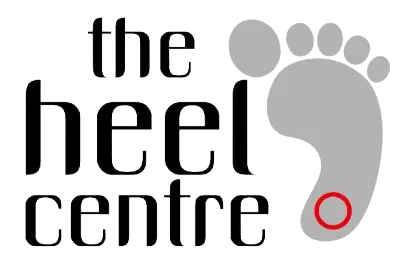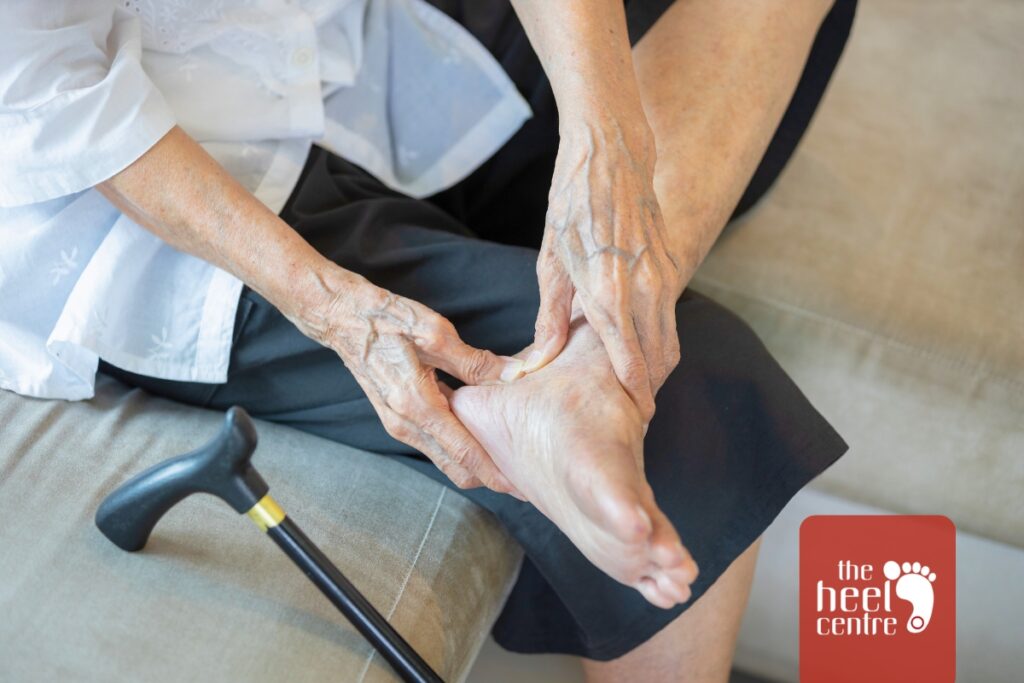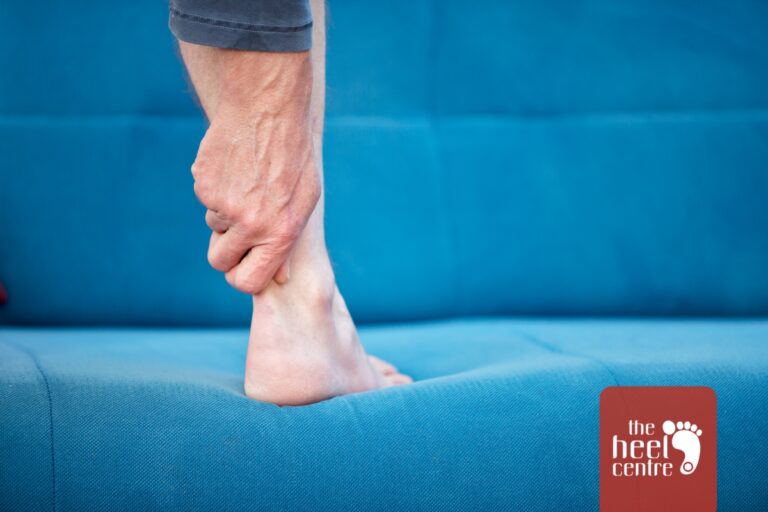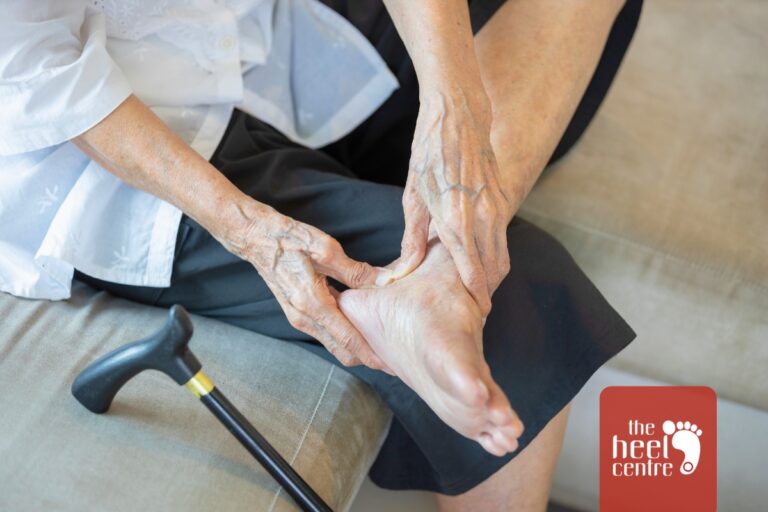Plantar fasciitis can have a significant impact on the lifestyle, exercise habits, and overall health of people in their 50s and 60s. This common condition, often seen in adults aged 50 and above, causes persistent heel and foot pain that is worst in the morning or after periods of rest, and tends to flare up after physical activity or long periods on your feet.
How Plantar Fasciitis Affects Daily Life
- Reduces Mobility: Ongoing pain can limit walking, standing, and everyday activities, leading to decreased physical activity and possible weight gain.
- Exercise Impact: High-impact exercises, like running or aerobics, become difficult, pushing individuals to lower-intensity options such as swimming or cycling.
- Quality of Life: Daily discomfort may limit social outings or hobbies and can negatively affect overall mood and mental health.
Common symptoms of Plantar Fasciitis
- Pain and tenderness on the bottom of the foot, especially near the heel.
- Sharp or aching pain that’s worse when first getting up or after being seated.
- Stiffness and tenderness, especially in the morning or after rest.
- Discomfort climbing stairs, walking long distances, or standing for long periods.
Treatment options for Plantar Fasciitis
- Home care:
- Rest, elevate the foot, and apply ice for up to 20 minutes at a time.
- Use cushioned shoes with good arch support or consider orthotic insoles.
- Gentle stretches and strengthening exercises for the foot and calf.
- Medical treatments:
- Over-the-counter pain relief, like paracetamol or ibuprofen.
- Physical therapy, night splints, Shockwave therapy, prolotherapy injections and corticosteroid injections.
- Surgery is rarely needed and reserved for severe, long-lasting cases.
Healthy habits for prevention and recovery
- Maintain a healthy weight and stay active with low-impact exercises.
- Replace worn-out footwear regularly.
- Avoid standing or walking for long periods on hard surfaces and do not go barefoot on hard flooring.
Plantar fasciitis can be very disruptive, but with prompt management and the right support, most people can enjoy better mobility and less pain as they age.

Final thoughts
At The Heel Centre, we understand how disruptive plantar fasciitis can be for your lifestyle and wellbeing. Our experienced podiatrists provide evidence-based treatments and personalised care to help you reduce pain, improve mobility, and return to the activities you love.
If heel pain is slowing you down, book an appointment with The Heel Centre today for tailored treatment and long-term relief.
Author
-
 Founder, Lead Podiatrist
Founder, Lead PodiatristAdam Steinhardt is a leading podiatrist who is passionate about treating heel pain and foot and ankle injuries. With years of experience working with local sports teams, elite athletes, and the general public, Adam understands the demands that an active lifestyle can place on your feet.
View all posts





